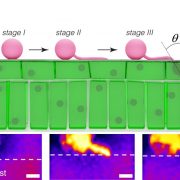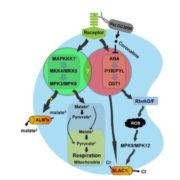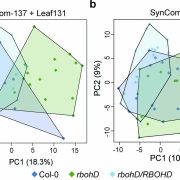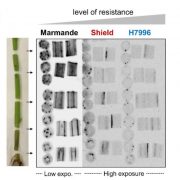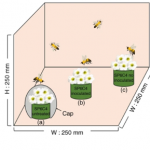Pathogen-induced activation of disease-suppressive functions in the endophytic root microbiome ($) (Science)
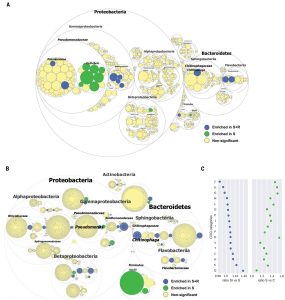 Disease-suppressive soils have long been known, although it hasn’t always been clear how they function. Previous studies have suggested that soil microbes are responsible for disease suppression, because the suppressive property can be transferred to other soils and is lost when soil is sterilized. Carrión et al. grew sugar beet seedlings in suppressive or conducive soils, with or without the fungal pathogen Rhizoctonia solani, and observed a notable reduction in disease in the suppressive soils as expected. They then looked at the microbial composition of root endophytes from plants grown in these conditions and found a few bacterial genera associated with disease suppression, as well as an increased expression of bacterial genes with presumed defensive metabolite and anti-fungal chitinase activities. Based on these results, they introduced a cocktail of candidate species into conducive soils, which led to them becoming suppressive. (Summary by Mary Williams) Science 10.1126/science.aaw9285
Disease-suppressive soils have long been known, although it hasn’t always been clear how they function. Previous studies have suggested that soil microbes are responsible for disease suppression, because the suppressive property can be transferred to other soils and is lost when soil is sterilized. Carrión et al. grew sugar beet seedlings in suppressive or conducive soils, with or without the fungal pathogen Rhizoctonia solani, and observed a notable reduction in disease in the suppressive soils as expected. They then looked at the microbial composition of root endophytes from plants grown in these conditions and found a few bacterial genera associated with disease suppression, as well as an increased expression of bacterial genes with presumed defensive metabolite and anti-fungal chitinase activities. Based on these results, they introduced a cocktail of candidate species into conducive soils, which led to them becoming suppressive. (Summary by Mary Williams) Science 10.1126/science.aaw9285


